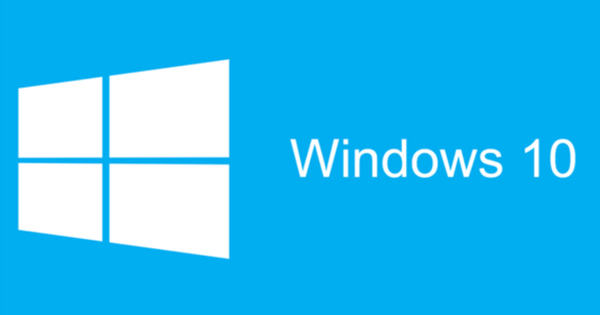In our previous lesson, we looked at creating a simple iMovie project. Such movies allow you to put together such material as you wish. Fortunately, iMovie 10 also allows you to create videos that are up to about a minute long. These videos are called trailers.
Like the many movie trailers we see in the cinema and at the beginning of DVDs, these movies have a sleek template. Below I explain how they work. Did you miss our first How To on iMovie 10? Read here how to create a new project in this program.
Preview the trailers
To create a trailer, choose File > New Trailer, Press Command-Shift-N, or click the Create button in the iMovie taskbar and choose trailer in the menu that appears. You will then receive a Create window with 29 templates, including Action, Coming of Age, Holiday, Romance, and travel.

Select a template, and a play button over the thumbnail. Click it to preview the trailer using material made available by Apple. Each template has its own visual style and title style, plus unique background music.
Below each template is Cast Members, where you can see how many "main characters" the template supports. In addition, below each thumbnail is the length of the trailer.
Working with a trailer
Double click on a trailer (or select a trailer and click the Create button), and a will appear at the bottom of the iMovie window Trailer Editor panel open. In the Trailer Editor you will find three tabs - outline, storyboard, and Shot List.
Outline: In this case, it's a nice name for "title information". Here you enter the date and time of your video, plus the information contained in the cast, Studio, and credits screen will appear. With some templates you get a Video Style pop-up menu. If you click on it you can normal, Movie Noir, or Black & White select.

Storyboard: In the tab storyboard you can enter intervening text (e.g. "Boom!" or "Meanwhile...") and insert clips or still images to fill the video portions in the template. It's very simple.
Each section indicates the length and type of shot - a close-up of one of the main characters (your child, for example) or a landscape, wide, medium, group, or two-shot (a shot with two people in the frame) . To add a clip, go to the Browser panel, find the image or clip you want to use, and click the section you want to start with. It is automatically added to the trailer and lasts exactly as long as the video portion allows.
When that section is filled, the next section is selected. Keep selecting and clicking to fill all areas. To view your work, hover your cursor over the beginning of the first section (probably the studio credit) and press the spacebar. The trailer will then be in the preview panel played.
Shot List: This tab collects all video parts and arranges them by type - Action, closeup, Group, landscape, Medium, Two Shot, and wide, for example. This is a handy way to check that the type of clip you've used matches the type of video portion - and not a close-up portion of a shot of the Grand Canyon. You can also preview clips by hovering your cursor over them.

Edit trailers
If you've dropped a clip in a video section, you can still replace or edit it. To replace a clip, simply drag another clip over it in the storyboard or Shot List tab. Or if you want you can select the section and click the Remove icon that appears in the top right corner of the section.
If you move your cursor over a filled area you will see two other options. Click on it audio icon, and you can enable the audio track for that clip. (By default, the audio of clips is muted.) In this case, both the clip's audio and the trailer's background music will be played.
Click on it Adjust icon that appears in the lower-left corner of the clip to Clip Trimmer to bring out. In our next lesson, I'll discuss this feature in more detail; for now, all you need to know is that you can adjust the length of a clip with more precision. You can choose a different starting point of the clip by pressing the Clip Trimmer clicking that spot and the clip will adjust to fill the area from that point. To close the function, click on the X the one to the left of Close Clip Trimmer appears.
If you want to make the same kind of adjustments as you would in a regular iMovie project, you'll need to convert the trailer to a movie. Choose File > Convert Trailer to Movie, and the trailer will be shown as a movie in the Project panel located at the bottom of the iMovie window.
Save and share your trailer
iMovie 10 doesn't have a save command because projects are saved automatically as you edit. So feel free to click on the small X the one in the top left corner of the Trailer Editor panel appears to close it. Your trailer will then be in the Browser panel when you select the event containing the trailer. If you want to keep working on it, double click it to open the Trailer Editor to open.

You share trailers in exactly the same way as other iMovie projects. Click on the Share button in the iMovie window or choose an option in the Share submenu in the traffic jam menu, and continue as I explained in our previous lesson.
And that's about it - an easy way to make great looking (and deliciously short) movies suitable for family and friends.
This is a freely translated article from our American sister site MacWorld.com. Described terms, operations and settings may be region specific.

